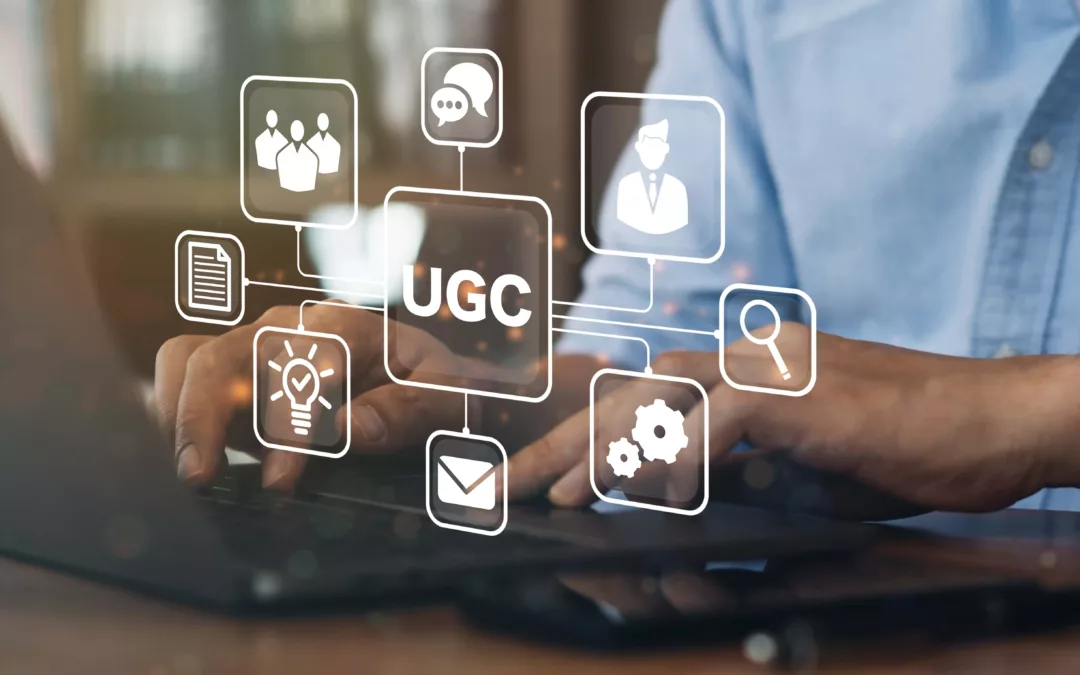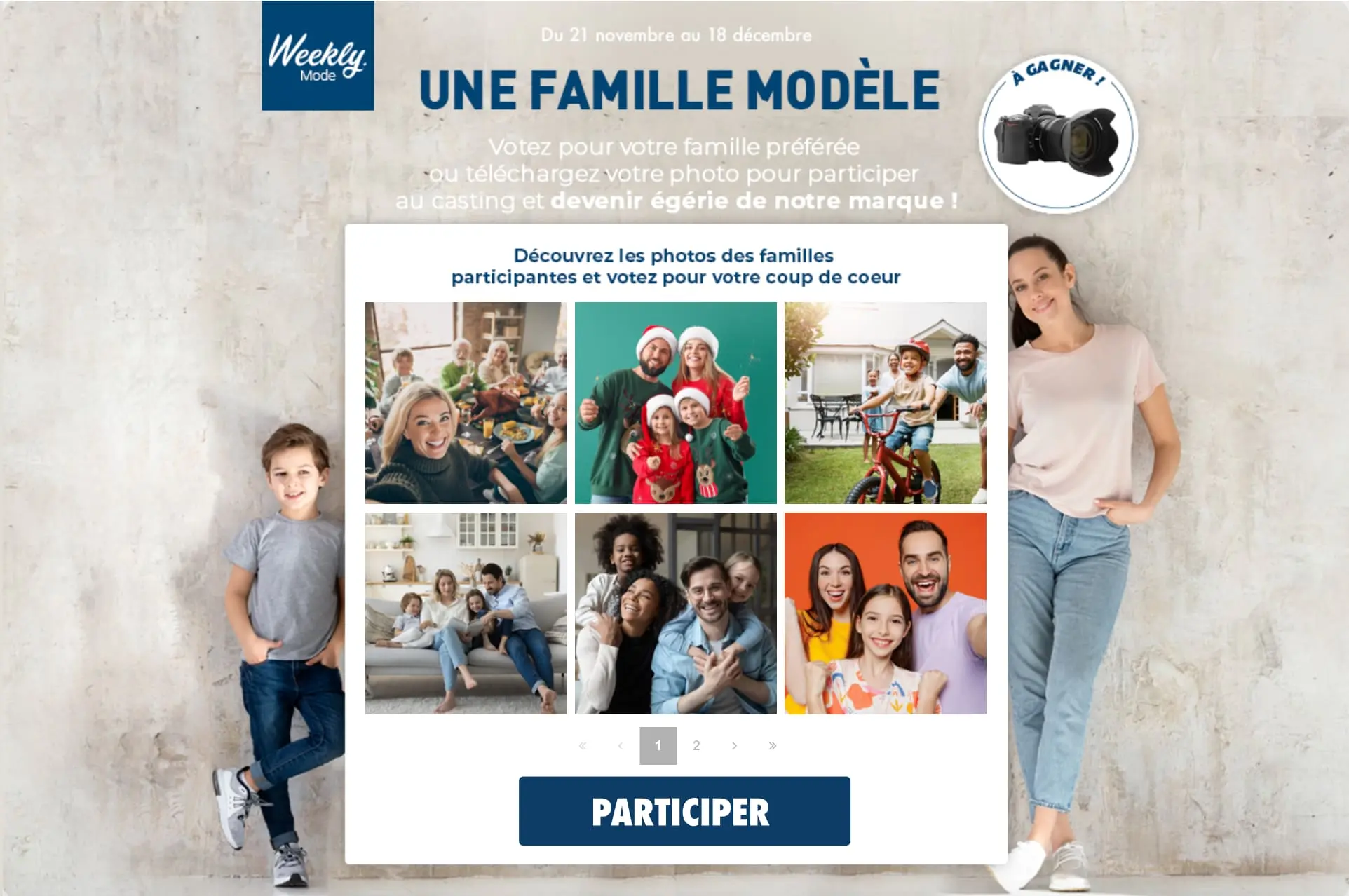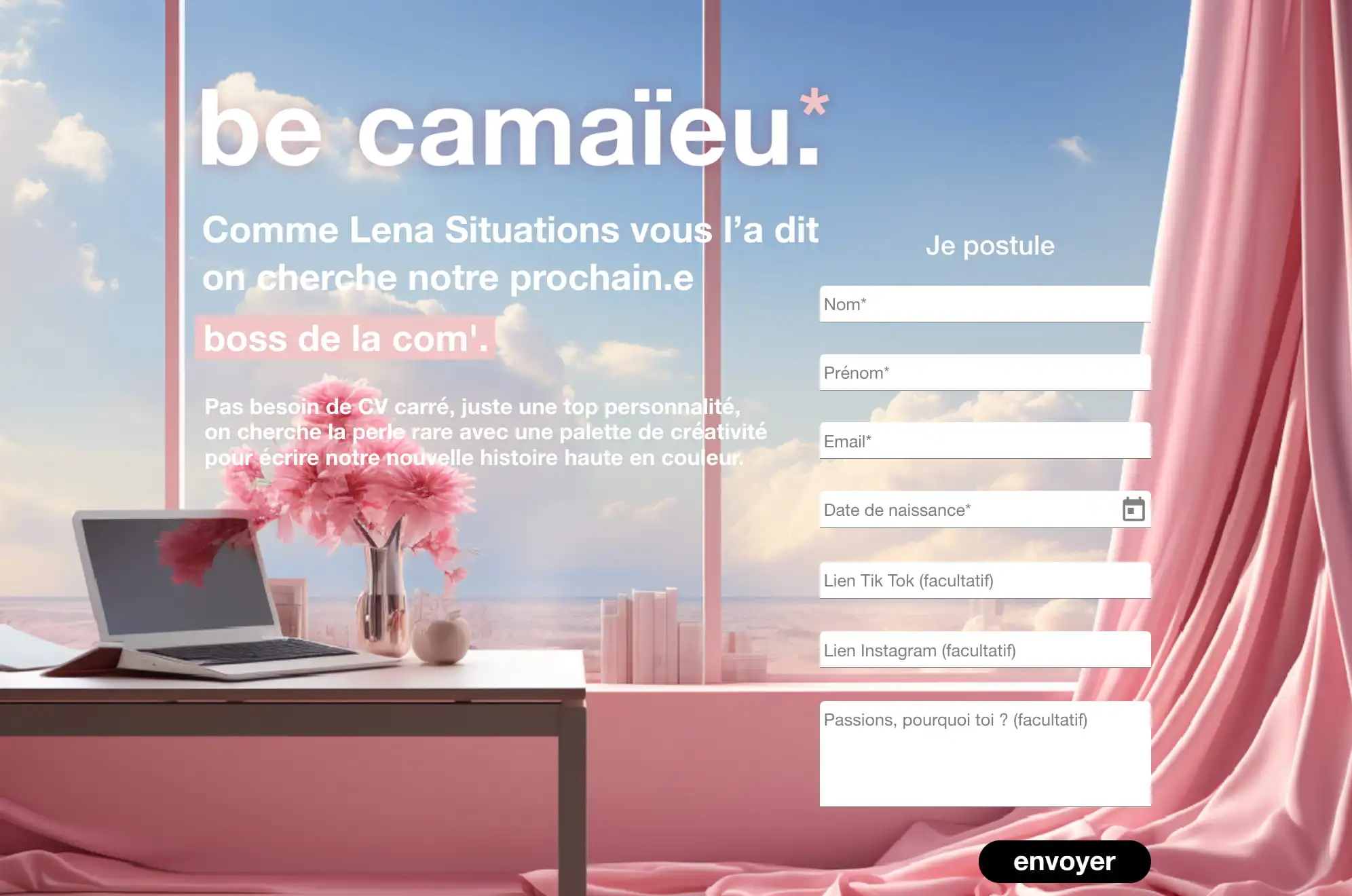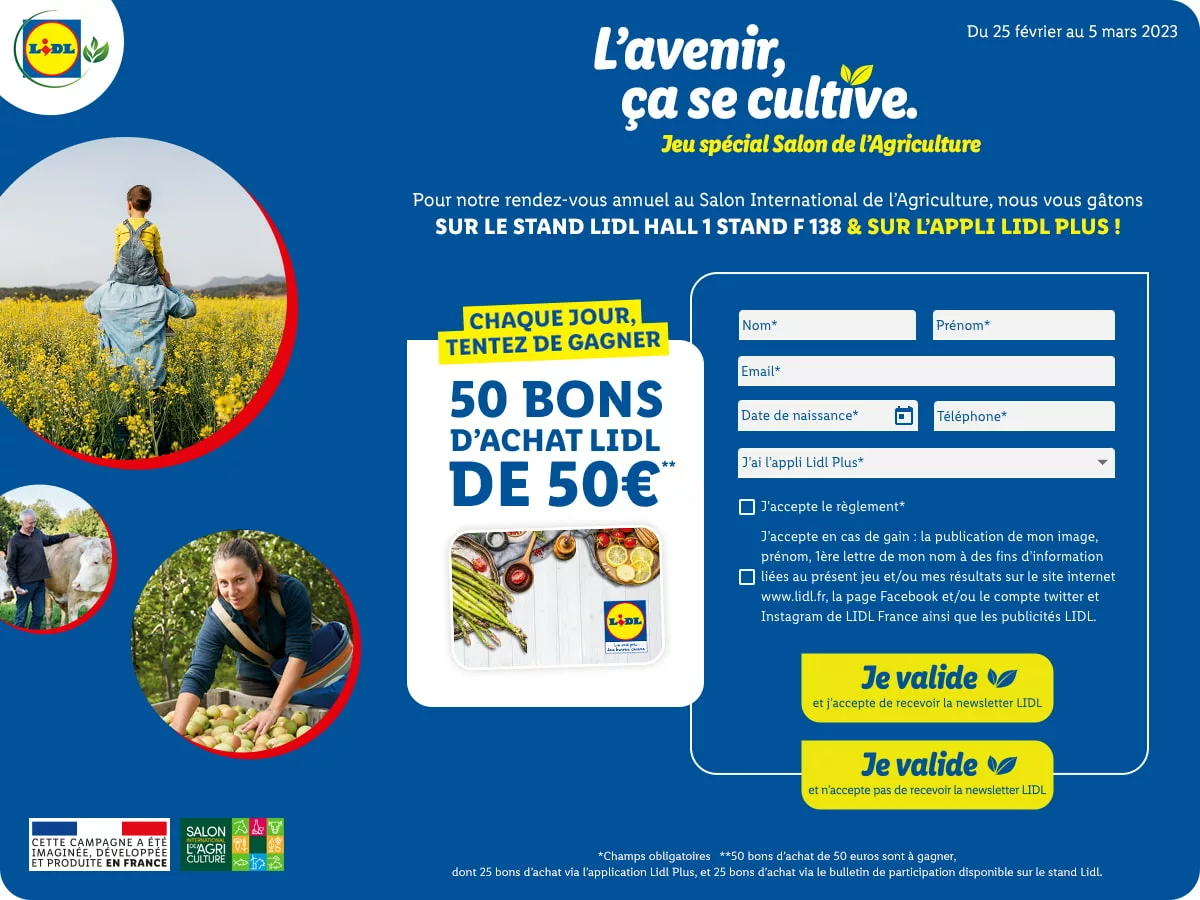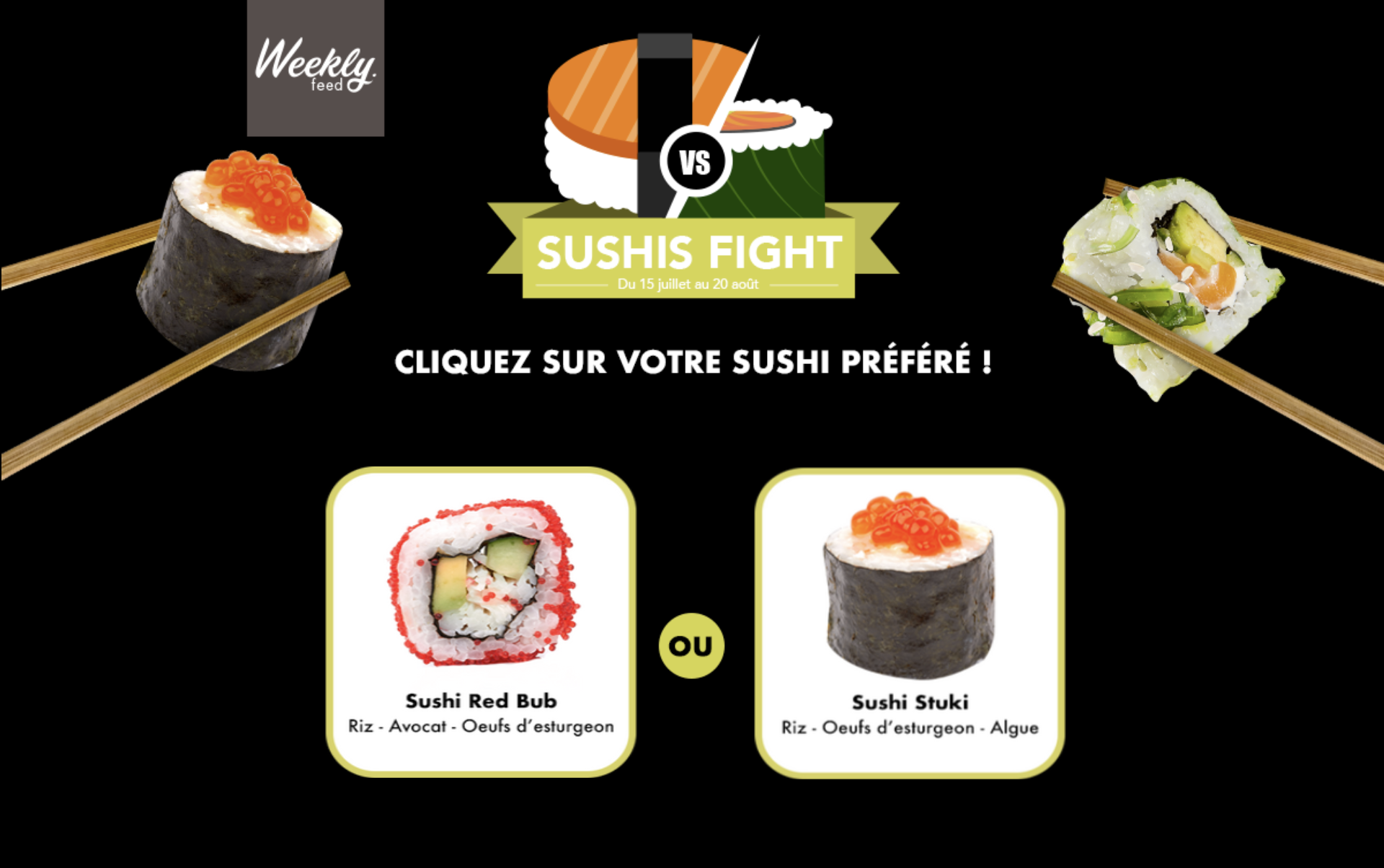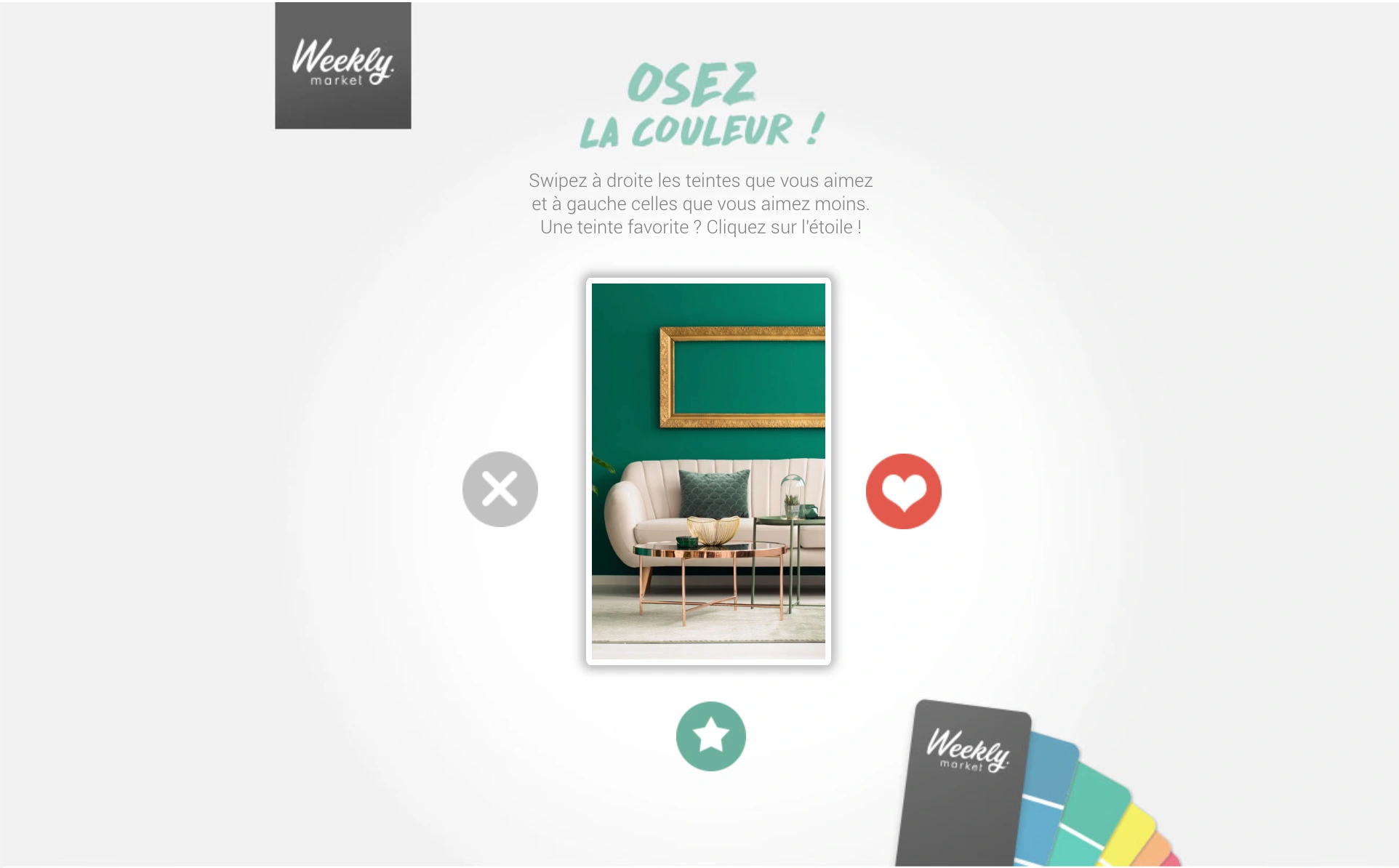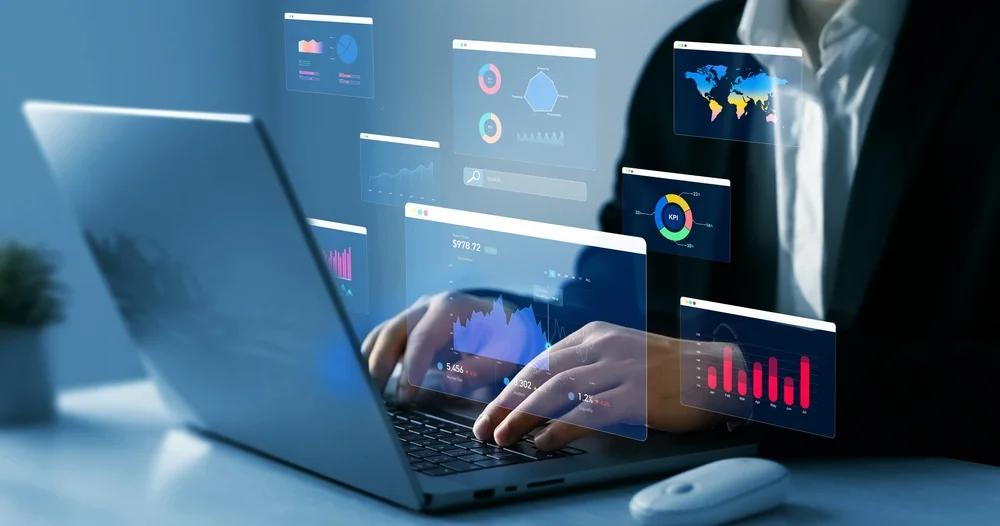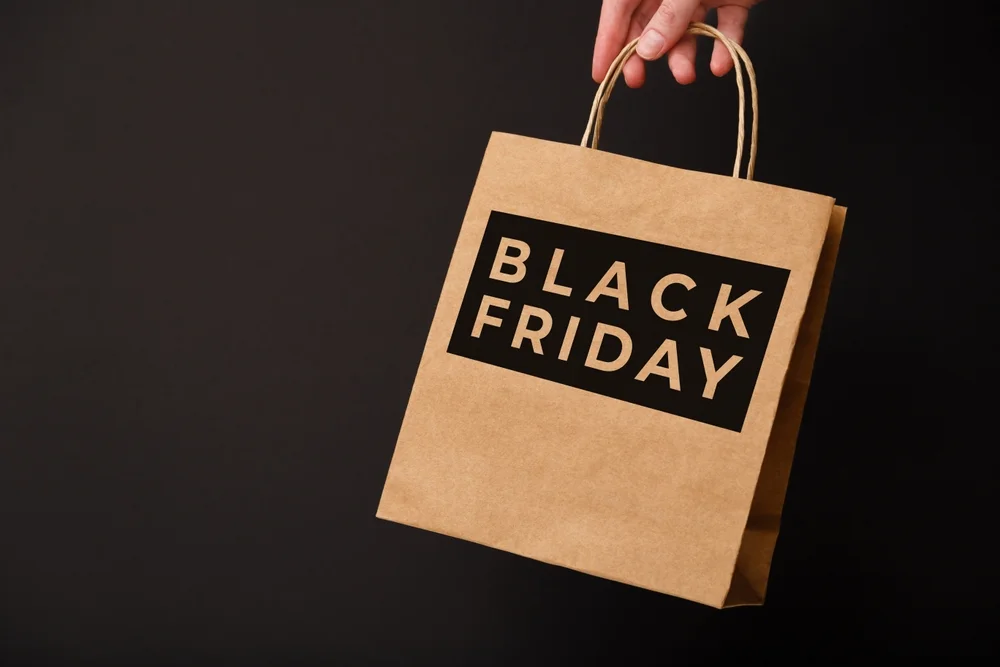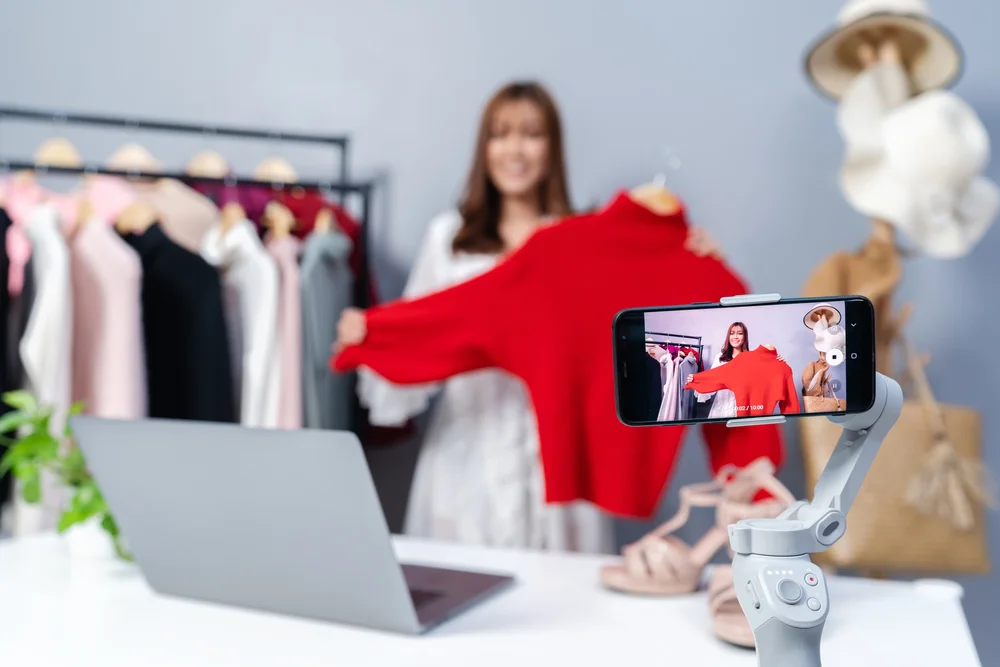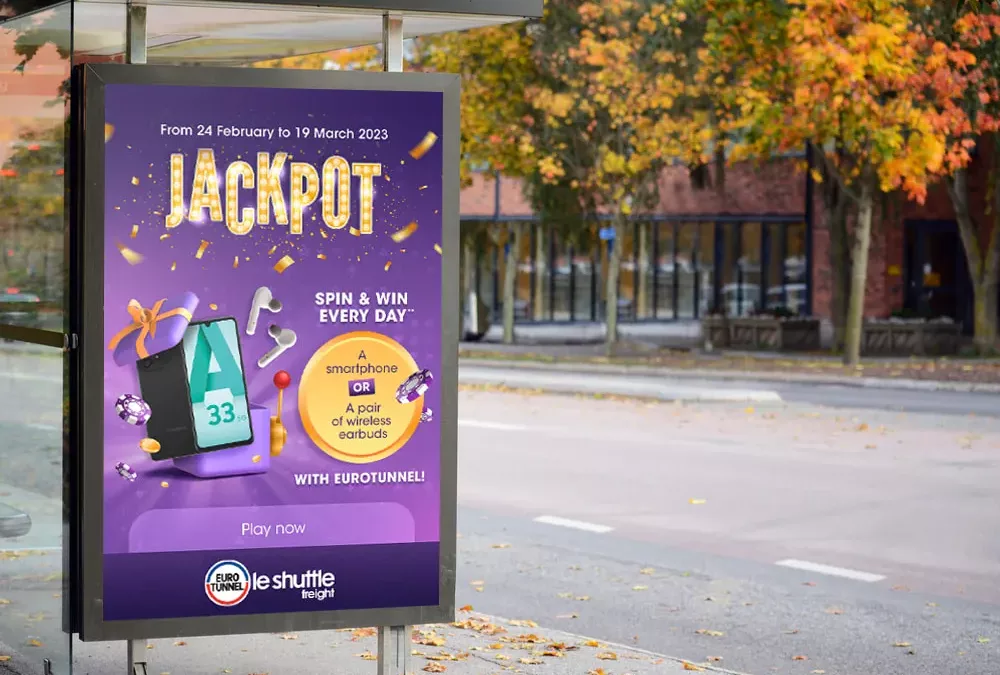
Wait marketing: make the wait worthwhile with gamification
Think about the last time you went shopping, went to the doctor or took a plane…
Although these activities are very different, they have one thing in common : waiting. You’ve probably had to wait at the checkout to pay for your shopping, wait outside a concert hall to see your favourite artist or queue to scan your hand luggage before boarding a plane.
For users, this waiting time is often a test of patience and a waste of time. And yet.., the wait can be transformed into a much more qualitative experience and productive thanks to wait marketing. It can even turn an unpleasant moment into a fun, playful experience thanks to gamification.
In this article, we give you tips on how to improve your customer journey and engage users interactively using wait marketing.
What is wait marketing?
Wait marketing involves companies capitalising on consumers’ attention at this precise moment to engage them. It can therefore be defined as a non-intrusive communication strategy, and even a timely one, since it takes shape precisely at a time when any form of distraction is welcome.
According to a survey by Pew Research, 77% of people use their smartphone when they are waiting for a call.
53% use their smartphone when queuing, mainly to avoid boredom.
Broadcast a marketing animation in a queue
does not disturb the user by interrupting their activity (as when an advert is broadcast between two stories on social networks, for example). On the contrary, it allows them to distract themselves during a time that is traditionally perceived as boring or unproductive.
The benefits of expectation marketing
Waiting time, in itself, is the ideal time to capture consumers’ attention and make it easier to remember a commercial message. This is the case, for example, with posters in the metro or at bus stops. But by adding a touch of creativity and interactivity to these static formats, brands can turn waiting into an engaging brand experience, and even convert new prospects.
It’s also a way of making the most of areas where consumers spend a lot of time, but which are not traditionally used as communication channels. The queuing space in a physical shop, for example, can be used to highlight products and boost the cross-selling rate. But it does not generally convey an interactive experience with the brand, which would nevertheless be more engaging for the customer.
The non-intrusive aspect of this form of advertising also enables companies to create a closer relationship with consumers. The brand offers them a real experience and enables them to pass a time that was previously considered unpleasant or pointless more quickly. The brand becomes a source of entertainment as well as a commercial organisation promoting its products.
This waiting period is no longer a constraint, but an opportunity. To achieve this, companies can create an interactive experience based on insights customers. The challenge is therefore to understand your audience and how the brand can ensure that they have a good time.
Companies can take advantage of wait marketing to :
- Motivating customers to come to the point of sale;
- Keep customers entertained while they wait and prevent them from abandoning their purchase;
- Reward waiting time with instant wins;
- Collect data on purchasing intentions to personalise the customer journey
- Develop your sales.
Boost your wait marketing strategy with gamification
If the traditional waiting experience is generally considered to be unpleasant by individuals, it is because it is most often considered to be boring or a waste of time. The challenge for companies wishing to take advantage of this moment to engage consumers is mainly about entertaining them.
This is where gamification comes in. This marketing strategy involves offering users playful experiences, incorporating mechanisms traditionally used in the world of games.
Rather than taking advantage of consumers’ attention to broadcast an advertisement, companies can engage them via an interactive and entertaining animation such as :
- An instant win: this format allows the company to liven up a queue while rewarding its customers for their patience. In practical terms, it allows them to instantly win discount vouchers (or other prizes) by playing a game such as the wheel of fortune or the one-armed bandit, for example.
- Action games (like a quiz, a surveya vote or
a swiper). Ce format interactif permet à l’entreprise de divertir ses clients pendant l’attente. Là encore, elle peut récompenser leur patience en mettant en jeu des lots ou autres avantages. Mais c’est aussi un moyen efficace de collecter des données sur les préférences de son audience et, par exemple, d’analyser leurs intentions d’achat.
With a Playable Marketing solution, companies can capitalise even more effectively on their customers’ expectations. For example, the geolocation function makes it possible to restrict access to the game to customers in the queue.
The CRM connection tool, for its part, makes it possible to exploit the data collected at a point of sale (particularly on purchase intentions) to offer personalised in-store or online support. The brand can then turn this data into a sales opportunity.
Expectation marketing: scenarios and inspiring examples
In practice, the typical scenario for a wait marketing event will take this form:
- Drive to store. The customer goes to the shop and finds himself in a queue;
- Access to the game. They can find out about the game using the posters in the queue and access it using the QR code or URL. The game can also be presented on an interactive terminal.
- Registration. They register using a simplified form and can decide to become opt-in for the brand and its partners.
- Participation. They can play a game and discover their prize more easily. What’s more, the brand can customise the game to suit a wide range of scenarios.
- Revelation and gain. Dans le cas d’un instant gagnant, il gagne immédiatement un bon de réduction utilisable en point de vente. Si la marque choisit une mécanique de tirage au sort (qui permet de récompenser les participants après leur visite en magasin), le client peut recevoir sa dotation par email ou SMS. Il peut s’agir là aussi d’un bon d’achat qui l’encouragera à repurchase from the brand.
An example of a marketing campaign to keep people waiting
Auchan supermarkets, for example, have set up a wait marketing campaign in their outlets. To coincide with its end-of-year sales peak, the chain gave away the following for every purchase over €10 in shop a scratch card with a unique code as well as an additional card for loyalty card holders. The campaign attracted almost 183k registrations in 2 weeks and 325K codes were used.
Eurotunnel, the company that operates the Channel Tunnel, has capitalised on the expectations of its users to raise its profile and generate new leads. To do this, the company used a one-armed bandit with a registration form, accessible only to holders of a ticket number. This captivating format and the use of
attractive prizes (smartphones and earpods) boosted the participation rate, with a total of 29K games played.
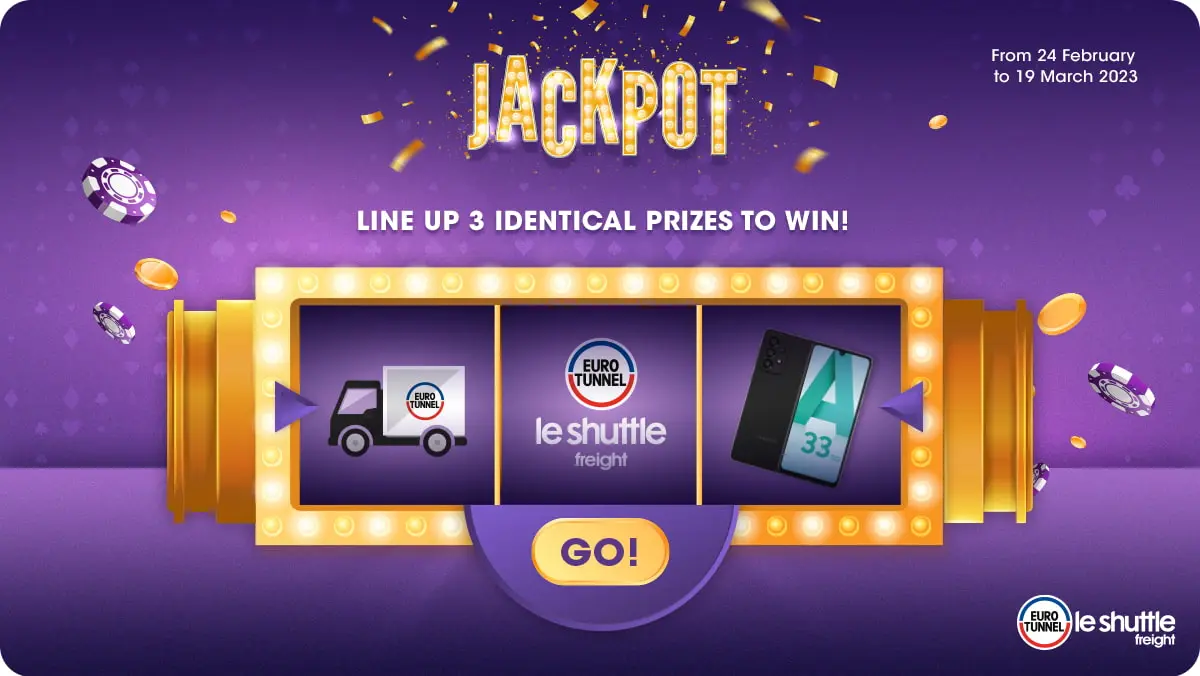
Conclusion
Wait marketing is therefore a profitable strategy for capitalising on customer expectations and taking advantage of the opportunity to engage them through interactive activities. Take advantage of this opportunity to improve your customer experience and strengthen your brand image with
more than 60 gamified formats offered by Adictiz.


